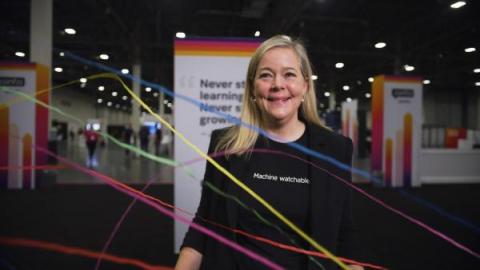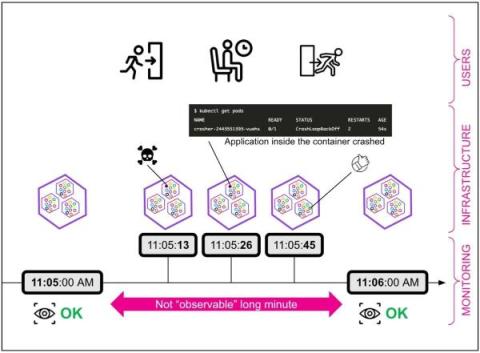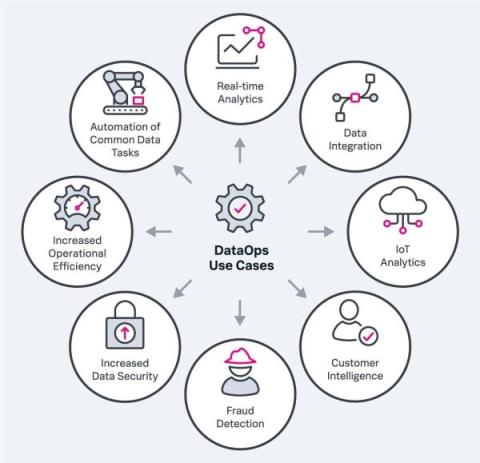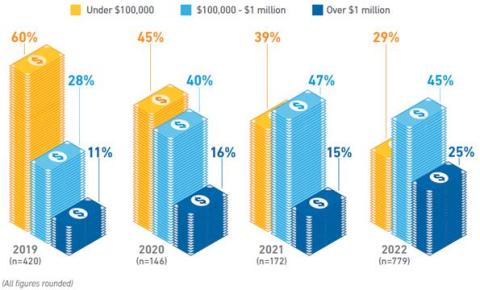Harmonizing Digital Channels and Business Operations to Deliver a Good Customer Experience
In celebration of Customer Experience Day 2023, this post is part of a series on customer experience and the ways that Splunk strifves to deliver superior customer experience at every level. Today, customers interact with brands through a variety of channels and platforms. In fact, 57% of customers prefer to engage with brands through digital channels first.







